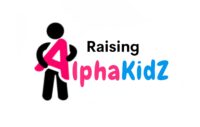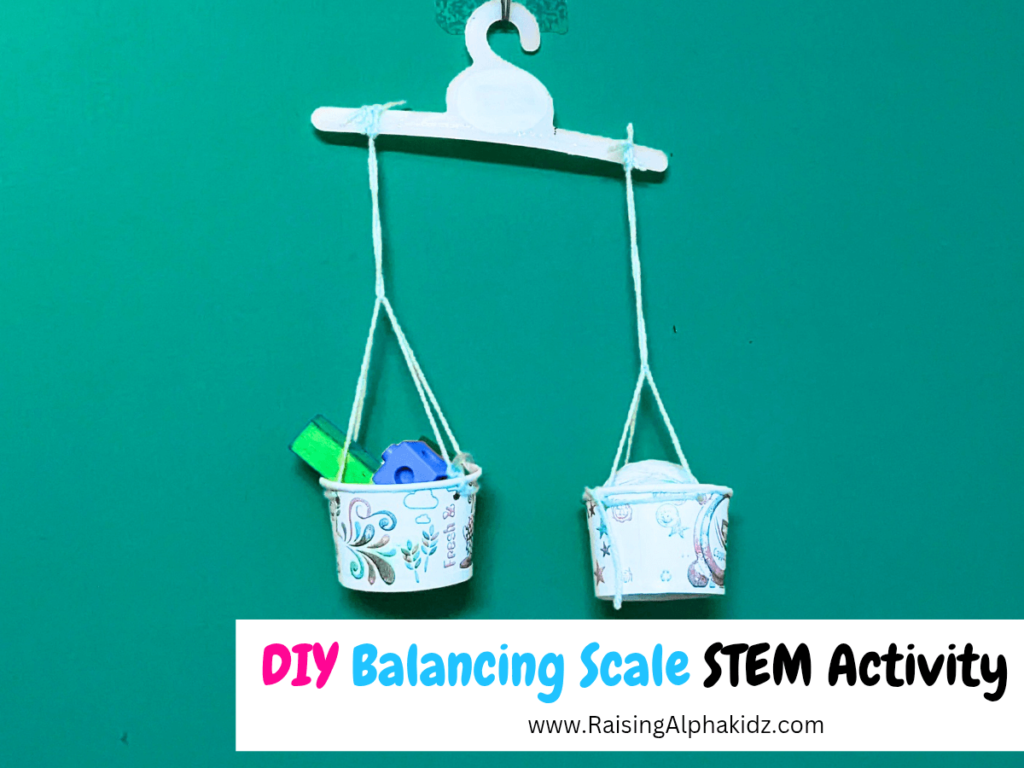DIY Balance Scale STEM Activity for Kids
Introducing hands-on STEM activities to kids is a fun and engaging way to teach essential science and math concepts. One such activity is making a DIY Balance Scale, which helps children understand weight, balance, and measurement. This simple craft is perfect for preschoolers, kindergarteners, and elementary school kids and can be done with everyday materials at home.
Craft Essentials
To make your own balance weighing scale, you will need:
- 2 paper cups
- A hole punch
- Thread or string
- A hanger (preferably a plastic or wooden one)
- Small objects like toy blocks, balls, or erasers
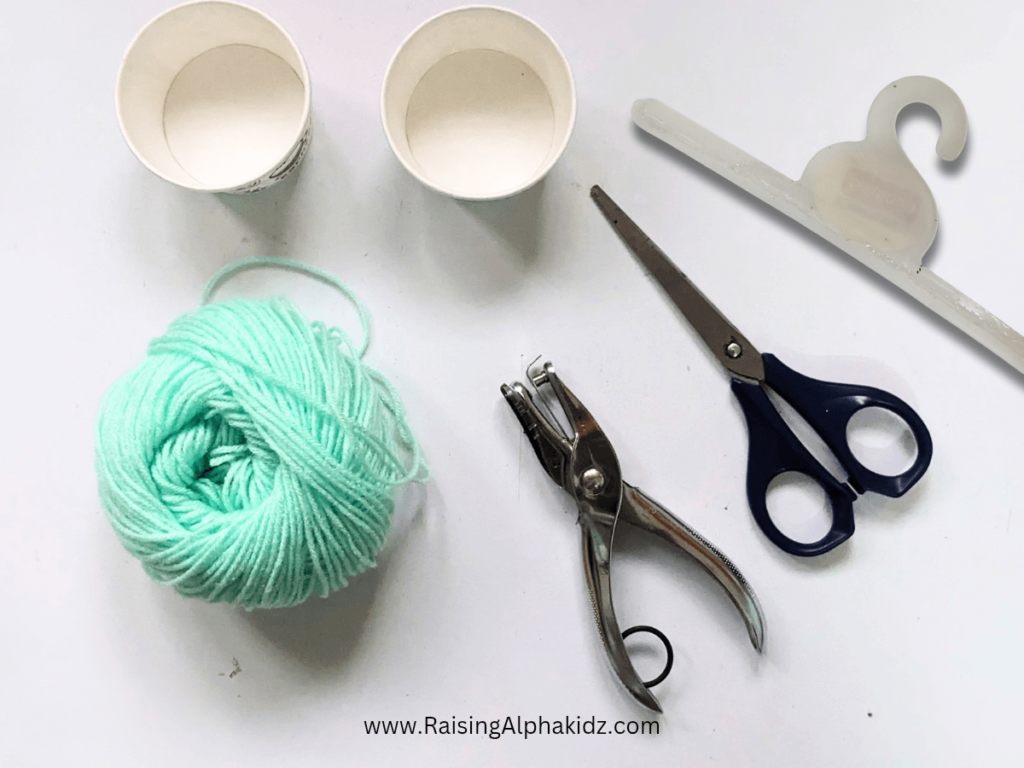
How to Make a Balance Scale at Home for Kids
Prepare the Paper Cups
Take two paper cups and punch four holes along the rim of each cup. Ensure the holes are evenly spaced.
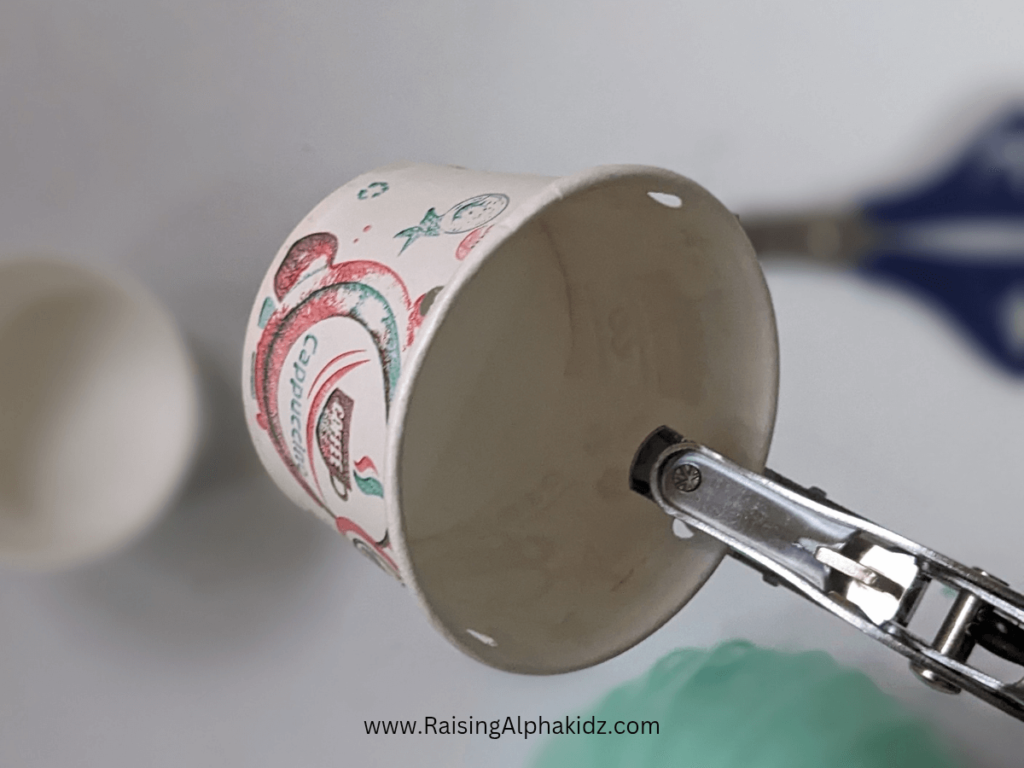
Attach the Strings
Cut four equal pieces of thread and tie each one through a hole in the cup. Gather the threads at the top and tie them together to create a hanging basket. Repeat the same for the second cup.
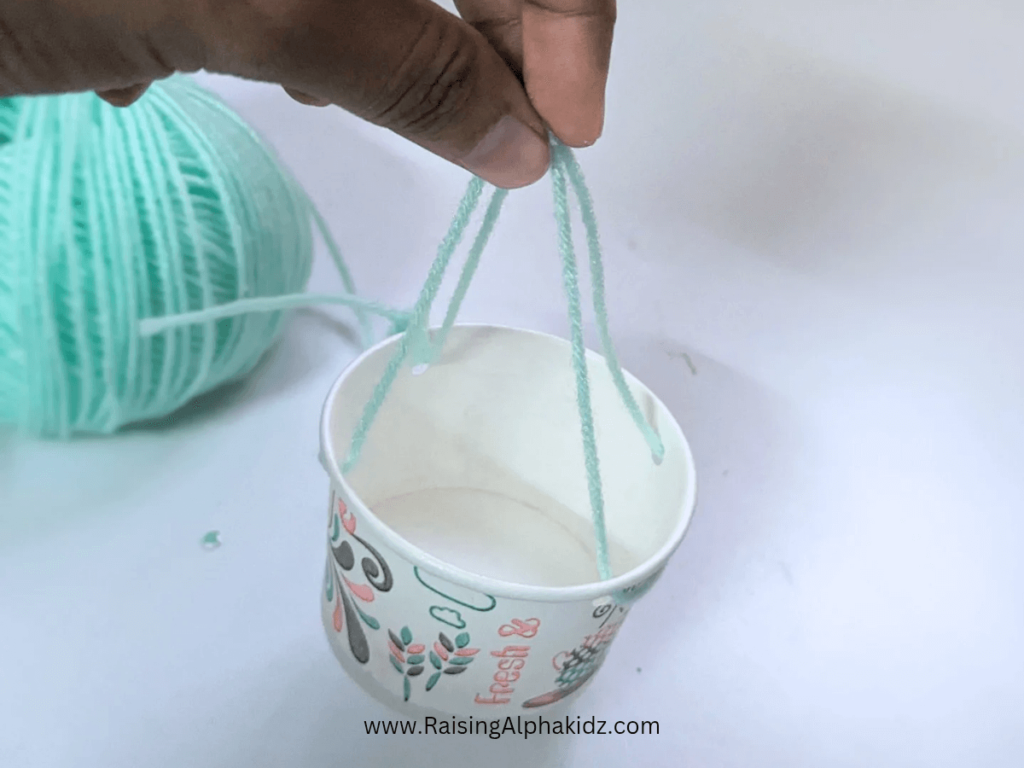
Attach the Cups to the Hanger
Tie each paper cup to either side of the hanger, ensuring they are at the same height. This forms your DIY balance scale!
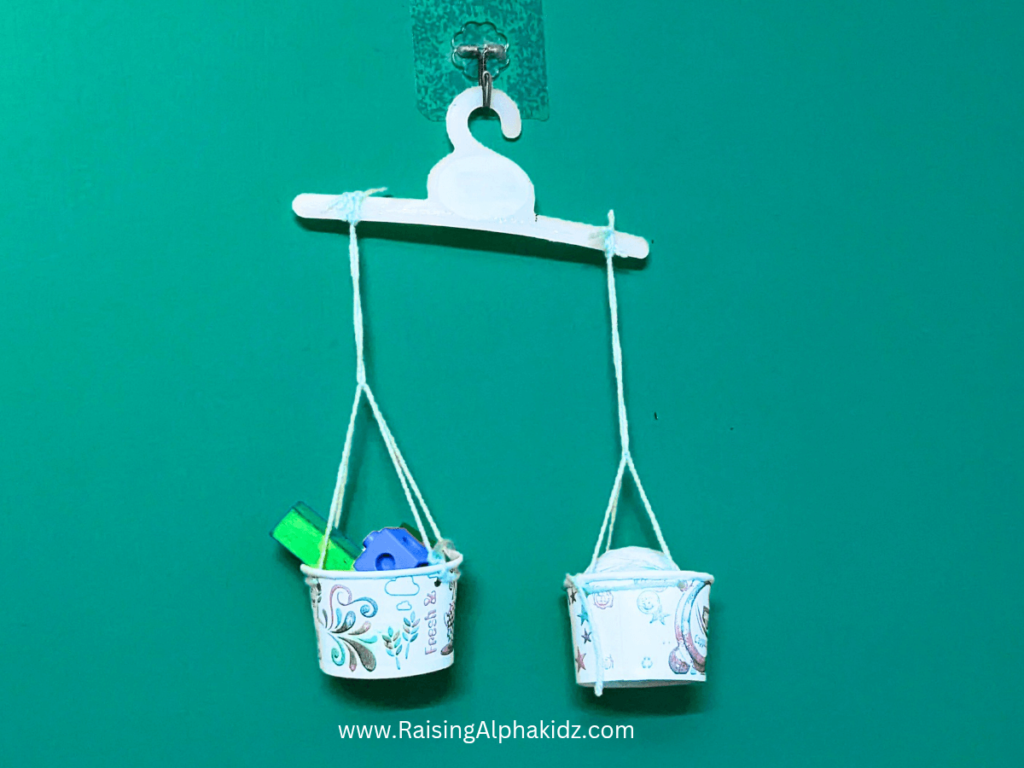
How to Balance the Scale
Now that your easy balance scale is ready, let your child experiment with different objects to understand balance and weight:
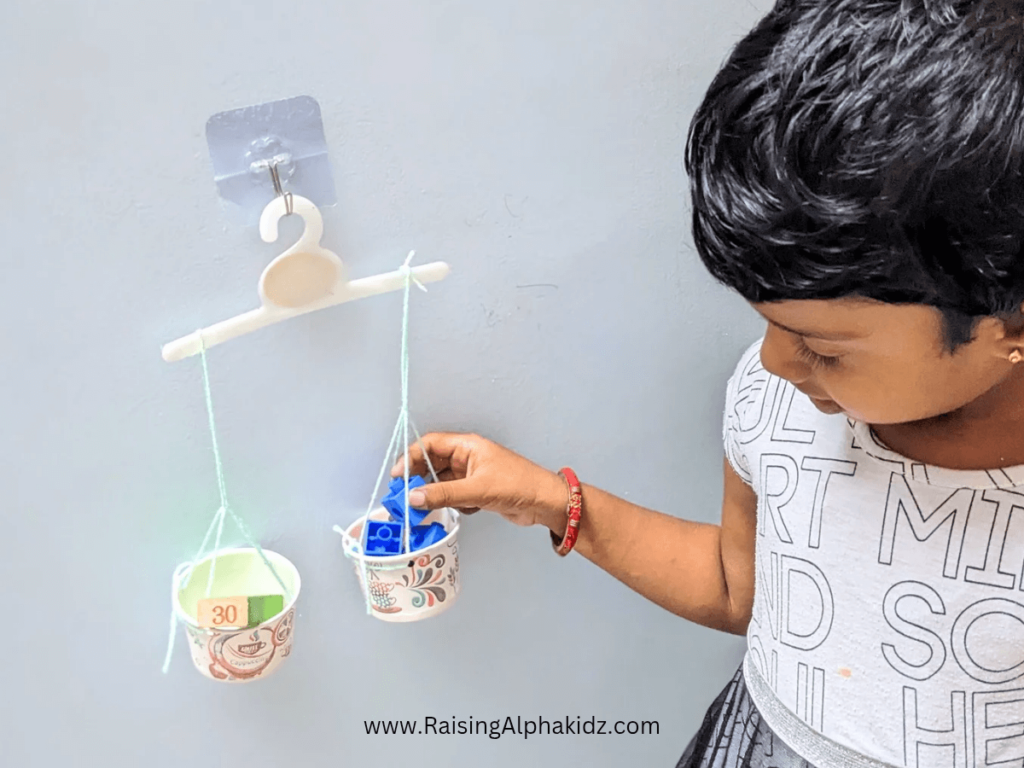
- Place a toy block in one cup and a ball in the other. Which side is heavier?
- Try adding or removing items to make both sides balance.
- Use different small household objects, such as spoons, marbles, or buttons, and observe how the scale tilts.
Encourage your child to make predictions before placing the objects and see if their guesses are correct.
What Kids Learn from This STEM Activity
- Basic Weight Measurement – Kids learn that heavier objects pull one side of the scale down.
- Balance and Comparison – Understanding how to compare the weight of different objects by balancing them.
- Problem-Solving & Predictions – Encourages kids to predict which object is heavier and adjust weights to balance the scale.
- Fine Motor Skills – Tying strings, handling small objects, and adjusting the balance improve hand-eye coordination.
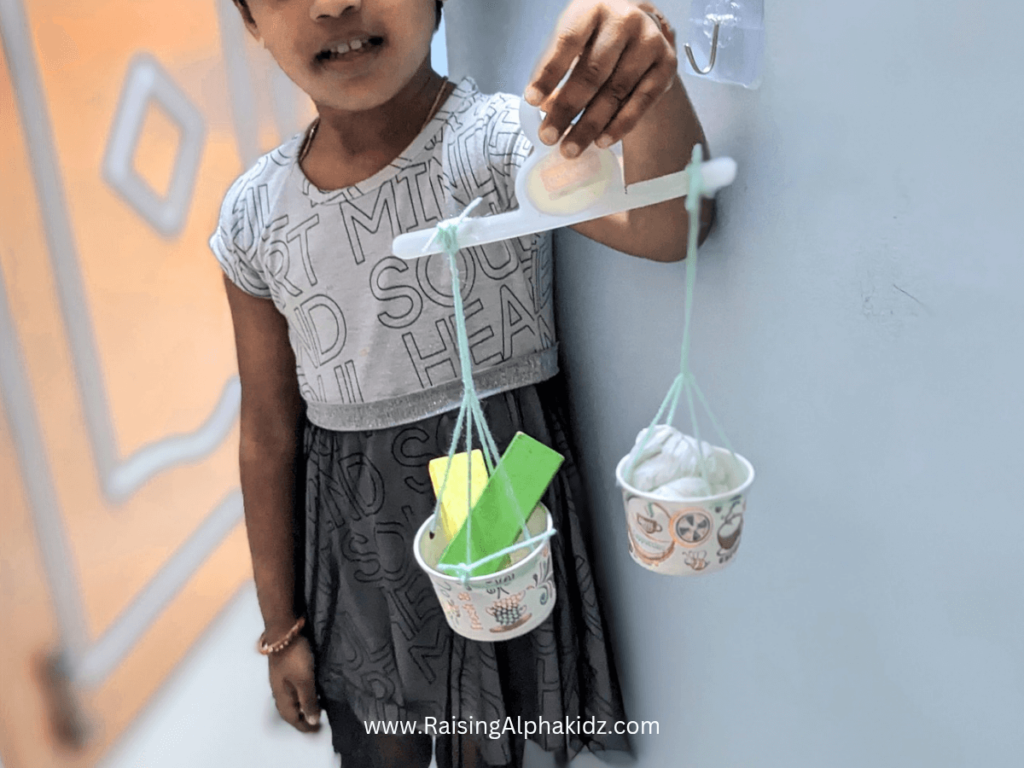
More To Try Out
- Estimate and Weigh: Ask kids to guess which object is heavier before testing it on the scale.
- Use Coins: Teach about money weight by placing different coins in each cup.
- Compare Fruits: Test which fruits (grapes, cherry tomatoes, etc.) weigh more.
This DIY Balance Scale is a great STEM activity for preschoolers and kindergarteners, introducing them to the basic principles of weight and balance in a hands-on, engaging way. Whether used as a balance weighing scale for a school project or just for fun at home, this simple experiment makes learning exciting!
STEM Experiment – Balance Weighing Scale Worksheets
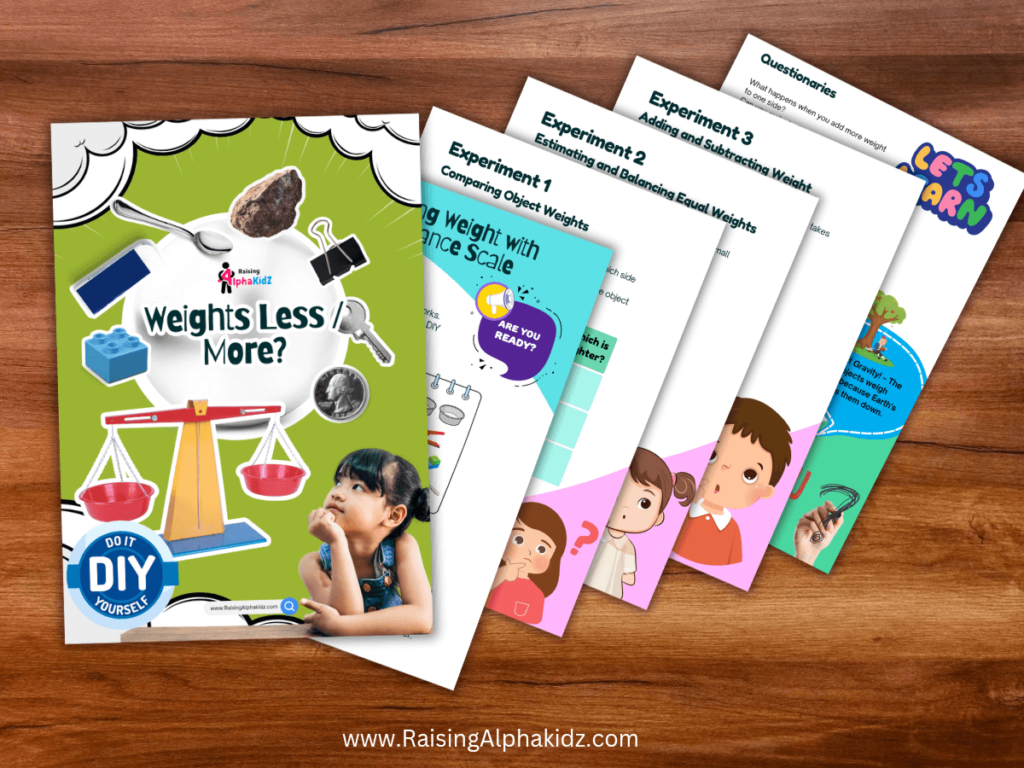
Objective:
- Learn about balance and weight comparison.
- Understand how a balancing scale works.
- Measure and compare objects using a DIY balancing scale.
Materials Needed:
- Weighing Objects (Keys, Coins, erasers, Wooden balls, Paper clips, Building Blocks, Spoon, Pompoms, Stone.)
Experiment 1: Comparing Object Weights
Instructions
- Place different objects in each cup and see which side goes down.
- Fill in the table below by writing “Heavier” for the object that moves down and “Lighter” for the other.
| Object 1 | Object 2 | Which is heavier? | Which is lighter? |
|---|---|---|---|
| Eraser | Coin | ||
| Key | Wooden ball | ||
| Spoon | Pom pom |
Experiment 2: Estimating and Balancing Equal Weights
Instructions
- Place an object in one cup and predict how many small units (beans, marbles, paper clips) will balance it.
- Test your prediction and fill in the table below.
| Object | Your Guess (How Many Units to Balance?) | Actual Number of Units |
|---|---|---|
| Key | ||
| Spoon | ||
| Stone | ||
| Coin |
Experiment 3: Adding and Subtracting Weight
Instructions:
- Add small items one by one to see how many it takes to balance a heavier object.
| Starting Object | Added Objects | Balanced? (Yes/No) |
|---|---|---|
| Eraser | 1 paperclip | |
| Stone | 2 blocks | |
| Key | 3 wooden balls |
Fun Questions to Think About:
- What happens when you add more weight to one side?
- Can you make both sides balance perfectly? How?
- What surprised you the most in this activity?
Download FREE Worksheet
Click download button below to get free balance scale worksheets.
This Balance Scale worksheets can be printed for hands-on learning!
Inference
- A balancing scale helps us compare weights.
- Heavier objects push the cup lower.
- We can balance an object by adding equal weights to the other side.
More STEM Activities To Try Out






Source: STEM Activities Archive
- Building Shapes With Playdough
- Land And Water Animals Activity
- Animal Habitats Activity – Free Template
- DIY Seed Germination Jar – Science Activity
Click Here to Get Access to Download More Free Printable Templates !
